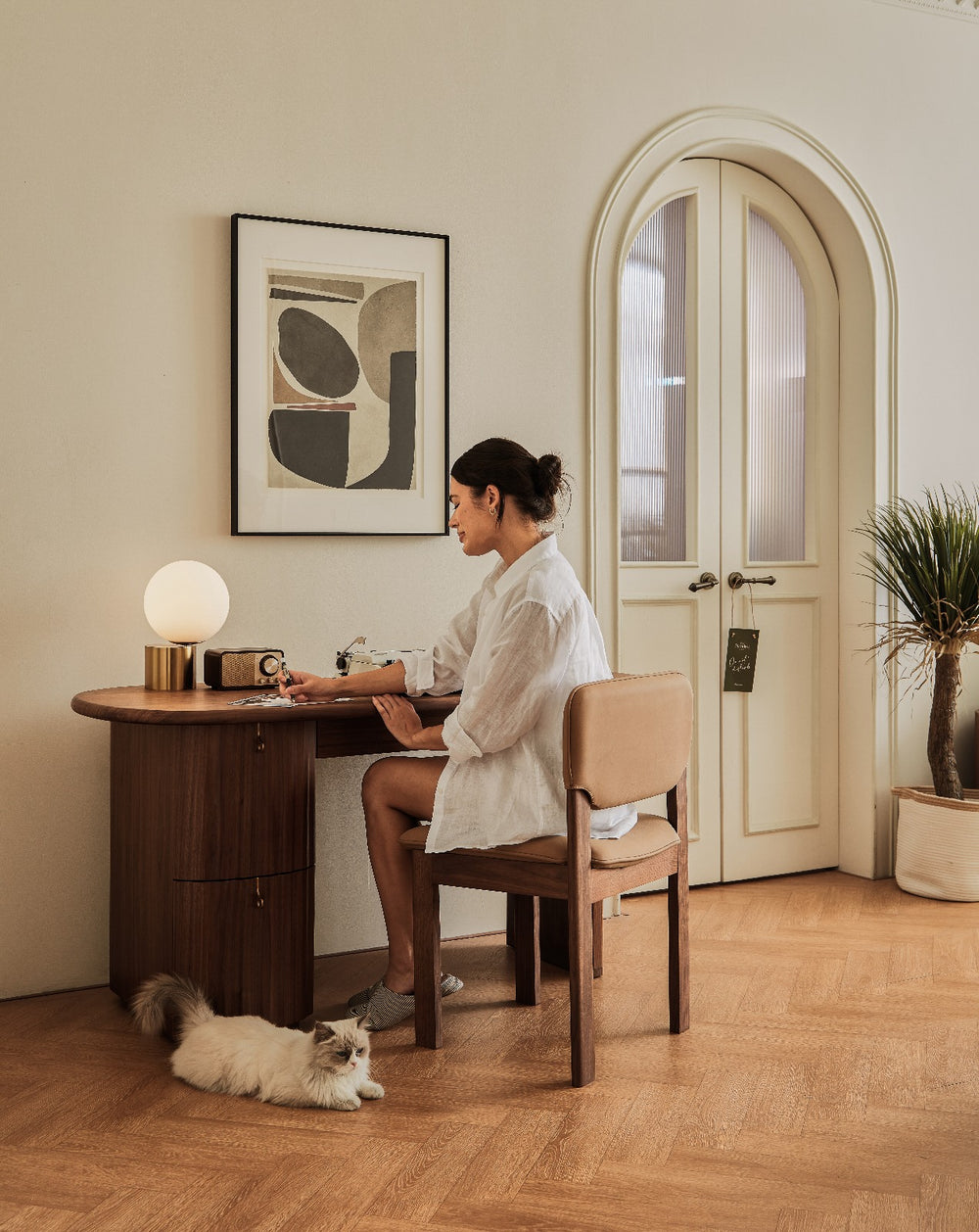Breathe Easy with Commune: The Benefits of Low Formaldehyde Furniture
In today's world, creating a healthy home environment is more important than ever. One key factor in maintaining a healthy living space is the quality of the air we breathe. Many people are unaware that the furniture they bring into their homes can significantly impact indoor air quality. At Commune, we prioritize your health by ensuring that our furniture is manufactured using materials that are classified under the E1 standard for formaldehyde emissions. But what does this mean, and why is it crucial for your home?
Understanding Formaldehyde and Its Risks
Formaldehyde is a common chemical used in the production of many household items, including furniture. It's often found in the adhesives, coatings, and finishes used in manufacturing. While small amounts of formaldehyde are not harmful, prolonged exposure to higher levels can lead to various health issues, such as:
- Respiratory Problems: Formaldehyde is a known irritant. Exposure can cause symptoms like coughing, wheezing, and shortness of breath.
- Allergic Reactions: It can trigger allergic reactions, including skin rashes and eye irritation.
- Asthma Aggravation: Individuals with asthma or other respiratory conditions may find their symptoms worsen with formaldehyde exposure.
- Long-term Health Risks: Long-term exposure to high levels of formaldehyde has been linked to more severe health concerns, including certain types of cancer.

What is E1 Classification?
The E1 classification is an internationally recognized standard for measuring formaldehyde emissions from wood-based products. Established by the European Committee for Standardization (CEN), the E1 standard ensures that furniture and other wood products emit minimal levels of formaldehyde, making them safe for indoor use.
E1 Classification Criteria:
- Emission Limit: For a product to be classified as E1, it must emit no more than 0.1 parts per million (ppm) of formaldehyde into the air. This low level of emissions significantly reduces the health risks associated with formaldehyde exposure.
- Testing and Certification: Products are subjected to rigorous testing to ensure they meet the E1 standard. This involves measuring the formaldehyde emissions under controlled conditions to verify compliance with the emission limit.
International Recognition of E1 Classification
The E1 classification is widely recognized and respected internationally as a benchmark for low formaldehyde emissions. It is part of a broader framework of standards designed to ensure the safety and health of consumers. Countries around the world have adopted similar standards, often using the E1 classification as a reference point.
Key Points of International Recognition:
- European Union: The E1 standard is a key component of the EU’s regulations on formaldehyde emissions, ensuring high levels of consumer safety across member states.
- Asia: Countries like Japan, China, and South Korea have adopted formaldehyde emission standards that are aligned with or based on the E1 classification.
- North America: While specific standards may vary, the E1 classification serves as an important reference for ensuring low formaldehyde emissions in furniture products sold in the region.
Commune's Commitment to Health: E1 Classified Furniture
We are dedicated to creating beautiful, functional furniture that also promotes health and well-being. All our engineered wood furniture meets the E1 classification, meaning it emits very low levels of formaldehyde.

Your health and well-being are at the heart of everything we do. By offering E1 classified furniture, we provide you with not only stylish and functional pieces but also the assurance that your home remains a safe and healthy haven.
Explore our collections today and discover the difference of low formaldehyde furniture. Breathe easy with Commune.

By understanding the importance of low formaldehyde furniture and choosing E1 classified products from Commune, you take a significant step towards creating a healthier, safer home environment.







